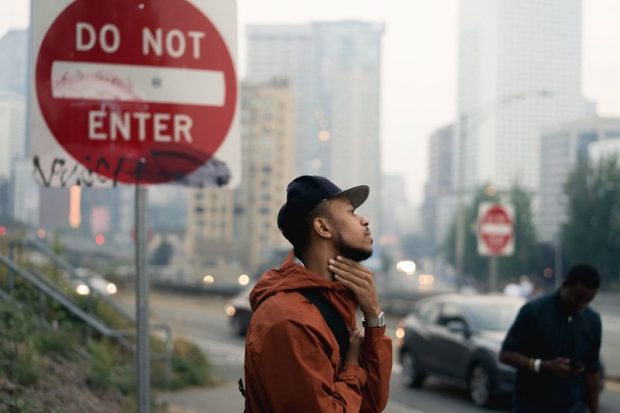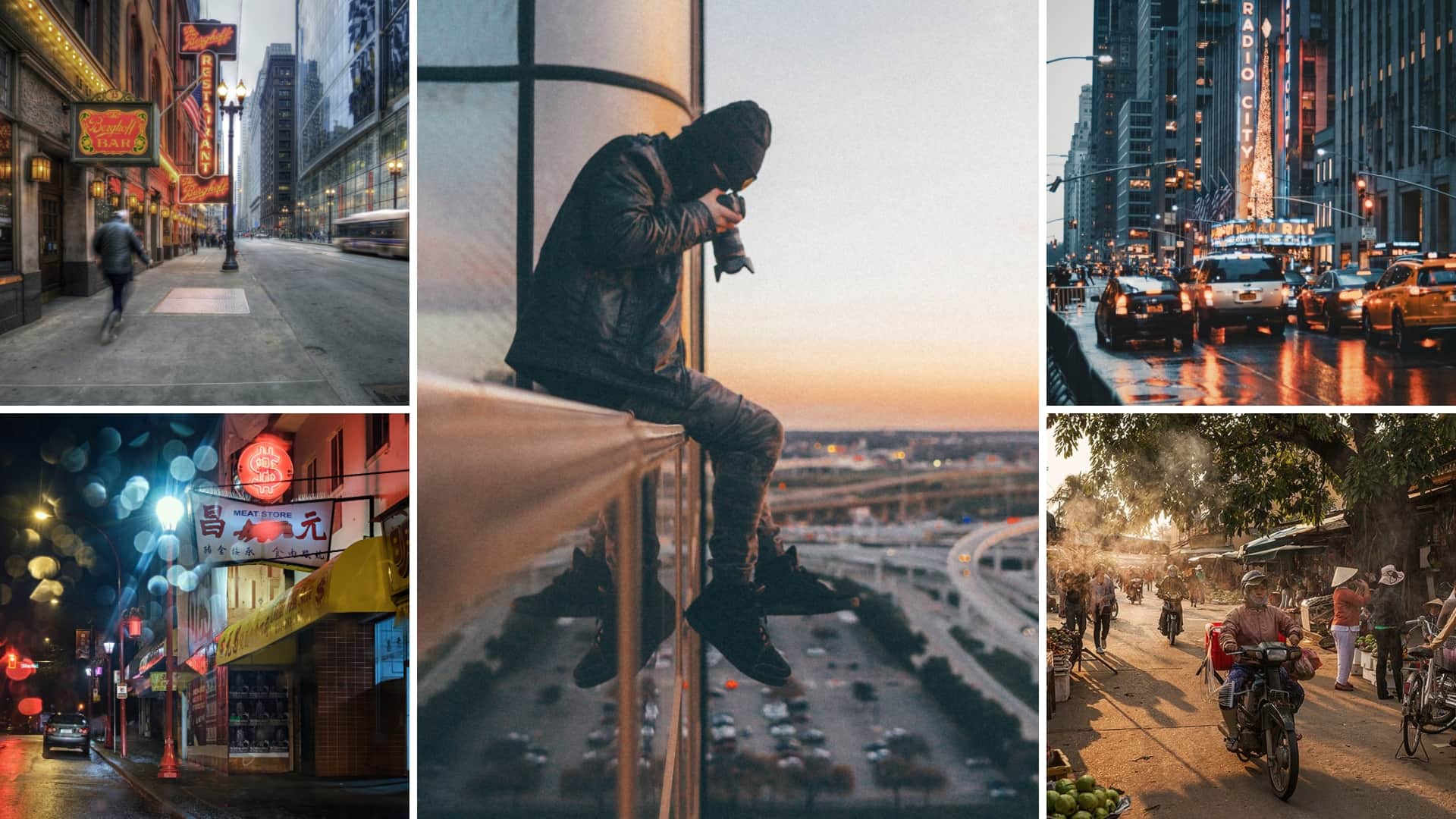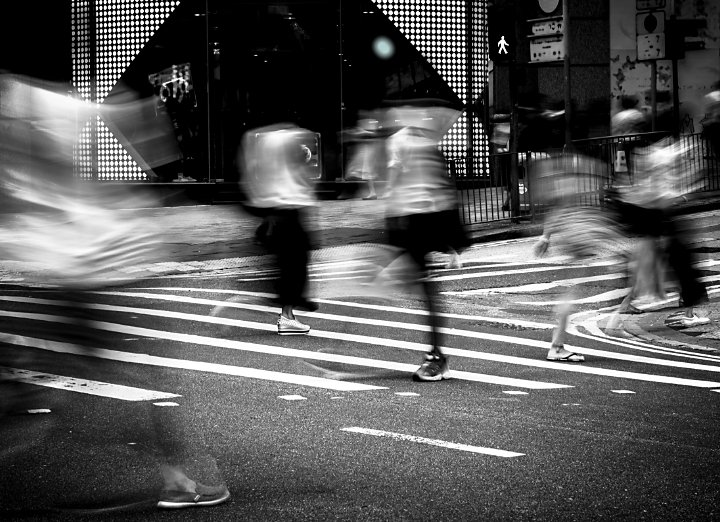Some Known Details About Framing Streets
Some Of Framing Streets
Table of ContentsSome Known Questions About Framing Streets.Some Of Framing StreetsSome Of Framing Streets5 Simple Techniques For Framing StreetsThe smart Trick of Framing Streets That Nobody is Discussing7 Easy Facts About Framing Streets Described
, typically with the purpose of catching images at a definitive or poignant minute by mindful framing and timing. https://yoomark.com/content/street-photography-presets-adobe-lightroom-cc-timeless-journey.
The Ultimate Guide To Framing Streets
Susan Sontag, 1977 Street digital photography can focus on people and their habits in public. In this regard, the road photographer is comparable to social docudrama professional photographers or photographers who likewise function in public locations, yet with the aim of recording relevant occasions. Any one of these photographers' images may record people and residential or commercial property visible within or from public locations, which usually involves browsing ethical concerns and regulations of privacy, protection, and property.
Representations of everyday public life develop a genre in practically every duration of globe art, starting in the pre-historic, Sumerian, Egyptian and early Buddhist art durations. Art handling the life of the road, whether within sights of cityscapes, or as the dominant theme, appears in the West in the canon of the North Renaissance, Baroque, Rococo, of Romanticism, Realistic look, Impressionism and Post-Impressionism.
The Facts About Framing Streets Uncovered
Louis Daguerre: "Boulevard du Holy place" (1838 or 1839) In 1838 or 1839 the initial picture of numbers in the road was taped by Louis-Jacques-Mand Daguerre in one of a set of daguerreotype views drawn from his workshop window of the Blvd du Holy place in Paris. The second, made at the height of the day, reveals an uninhabited stretch of road, while the various other was taken at regarding 8:00 am, and as Beaumont Newhall records, "The Boulevard, so constantly loaded with a relocating crowd of pedestrians and carriages was perfectly solitary, except an individual who was having his boots combed.
His boots and legs were well defined, however he is without body or head, since these were in activity." Charles Ngre, waterseller Charles Ngre. https://slides.com/framingstreets1 was the first digital photographer to attain the technical refinement needed to register people in movement on the street in Paris in 1851. Digital Photographer John Thomson, a Scotsman working with journalist and social protestor Adolphe Smith, published Street Life in London in twelve regular monthly installments starting in February 1877
Framing Streets Fundamentals Explained
Eugene Atget is considered a progenitor, not because he was the first of his kind, yet as a result of the popularisation in the late 1920s of his document of Parisian streets by Berenice Abbott, that was motivated to take on a comparable documentation of New York City. [] As the city established, Atget assisted to promote Parisian streets as a deserving subject for photography.

The 45-Second Trick For Framing Streets
The principal Mass-Observationists were anthropologist Tom Harrisson in Bolton and poet Charles Madge in London, and their first record was generated as the publication "May the Twelfth: Mass-Observation Day-Surveys 1937 by over two hundred onlookers" [] Window cleaner at Kottbusser Tor, Berlin, by Elsa Thiemann c. 1946 The post-war French Humanist College photographers discovered their subjects on the street or in the diner. Between 1946 and 1957 Le Groupe des XV each year displayed job of this kind. Andre Kertesz. Circus, Budapest, 19 May 1920 Street photography created the major material of two events at the Gallery of Modern Art (Mo, MA) in New york city curated by Edward Steichen, 5 French Digital Photographers: Brassai; Cartier-Bresson, Doisneau, Ronis, Izis in 1951 to 1952, and Post-war European Photography in 1953, which exported the idea of road photography internationally.

The Ultimate Guide To Framing Streets
, then a teacher of young youngsters, associated with Evans in 193839.'s 1958 book,, was considerable; raw and commonly out of emphasis, Frank's pictures questioned traditional photography of the time, "challenged all the formal policies laid down by Henri Cartier-Bresson and Pedestrian Evans" and "flew in the face of the wholesome pictorialism and wholehearted photojournalism of American magazines like LIFE and Time".